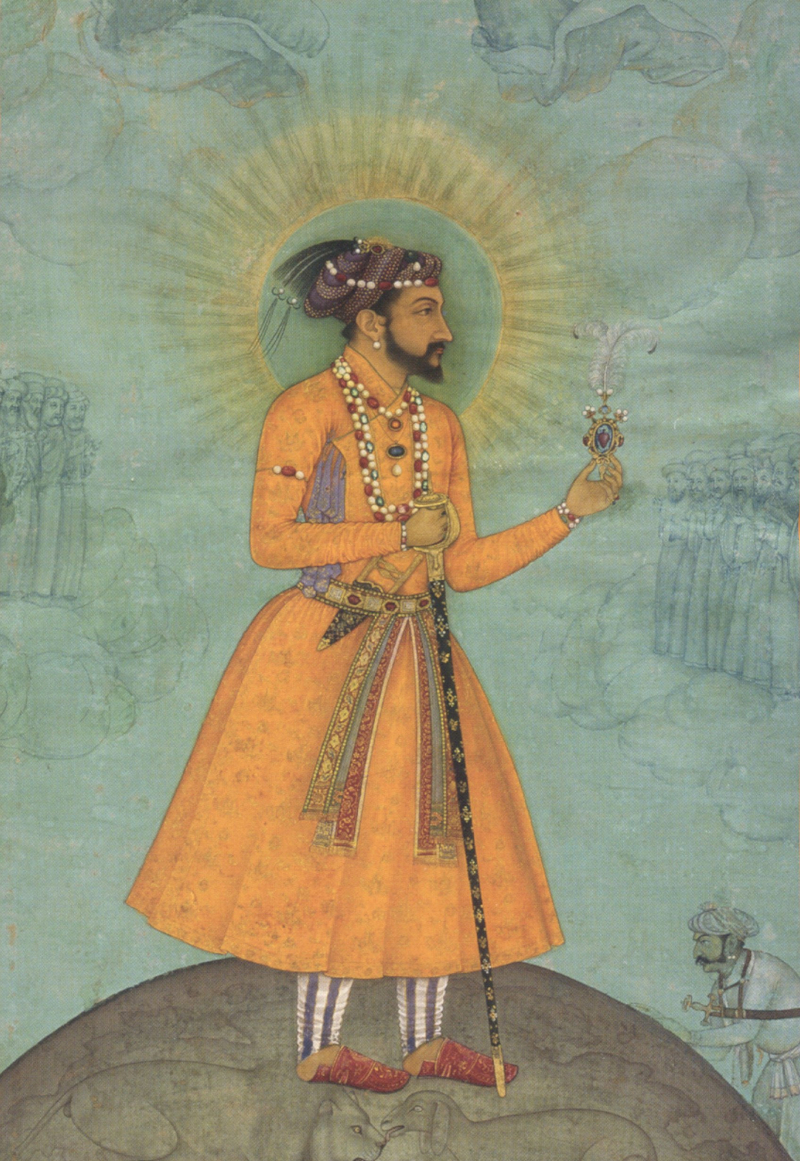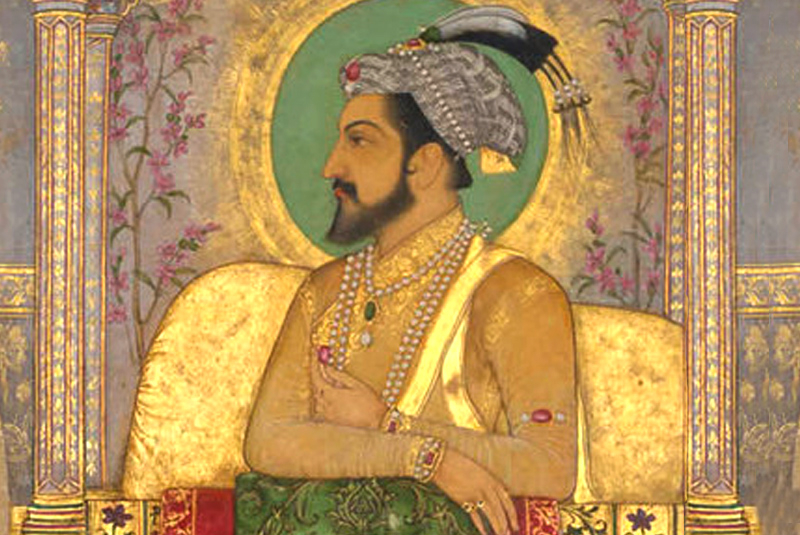Shah Jahan

Shah Jahan (birth name Shihab al-Din Muhammad Khurram) inherited a relatively stable and prosperous empire from his father Jahangir. He had some success in extending the Mughal Empire into the Deccan states (Indian peninsula states), but he is best known today as a builder. After his third wife, Mumtaz Mahal, died while giving birth to the couple's 14th child, he commissioned his most famous creation, the Taj Mahal, in 1632. The massive mausoleum complex took more than 20 years to complete and is now one of the most well-known structures on the planet.
During Shah Jahan's rule, Mughal family politics remained challenging as always. Shah Jahan became ill in 1657, which led to a war of succession between his sons. After winning, his son Aurangzeb proclaimed himself emperor in 1658 and imprisoned his father until his death in 1666.







